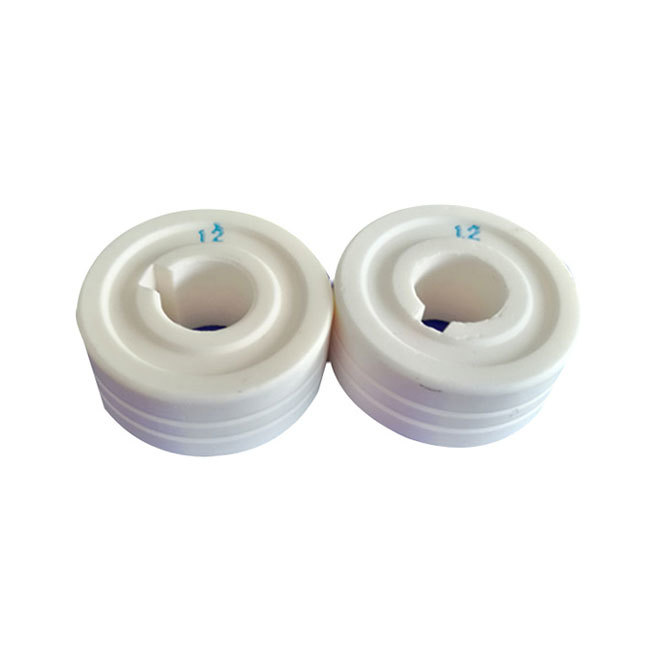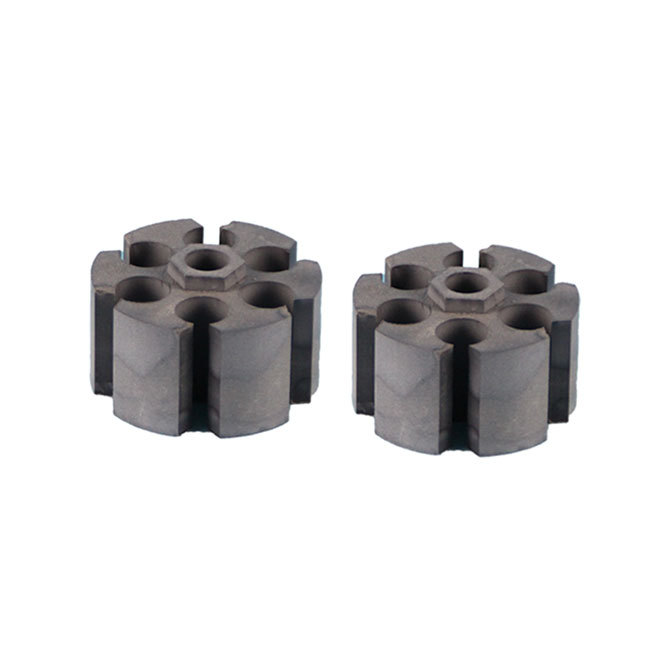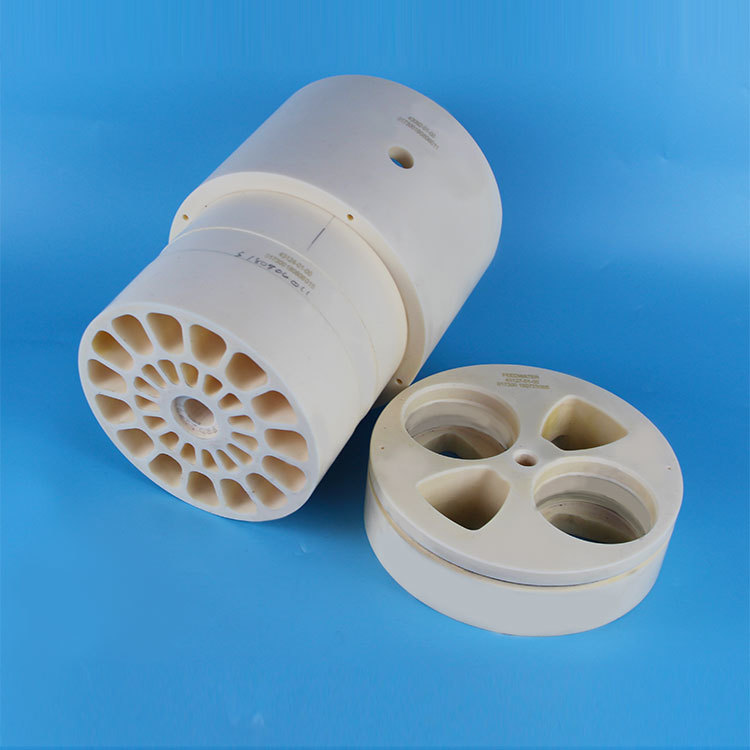



High temperature structural ceramics
keywords:
Aluminum oxide ceramics, silicon nitride ceramics, zirconia ceramics
Category:
Product Details
High-temperature structural ceramics are ceramics used in certain devices, equipment, or structures that can withstand static or dynamic mechanical loads under high temperature conditions. It has high melting point, high high temperature strength and small high temperature creep performance, as well as good thermal shock resistance, corrosion resistance, oxidation resistance and structural stability. High-temperature structural ceramics include high-temperature oxides and high-temperature non-oxides (or refractory compounds). Metals have been widely used as structural materials. However, because the metal is susceptible to corrosion and is not resistant to oxidation at high temperatures, it is not suitable for use at high temperatures. The emergence of high-temperature structural materials makes up for the weakness of metal materials.
Among the materials, there is a class called structural materials that mainly make use of various materials made of their mechanical properties such as strength, hardness and toughness. Metals have been widely used as structural materials. However, because the metal is susceptible to corrosion and is not resistant to oxidation at high temperatures, it is not suitable for use at high temperatures. The emergence of high-temperature structural materials makes up for the weakness of metal materials. This kind of material has the advantages of being able to withstand high temperature, not afraid of oxidation, acid and alkali corrosion resistance, high hardness, wear resistance, and low density. It is very suitable as a high temperature structural material.
High-temperature structural ceramics are an important class of inorganic non-metallic materials, including nitride ceramics, carbide ceramics, toughened oxide ceramics and fiber-reinforced inorganic composite materials. Corrosion resistance, wear resistance, ablation resistance and other superior properties. As a high-temperature structural application, new inorganic non-metallic materials have obvious advantages. High-temperature structural ceramics not only have good performance, but also have a small specific gravity. In many occasions of space science and military technology, it is often the only available material; high-temperature structural ceramics will have a very wide range of applications.
Message








